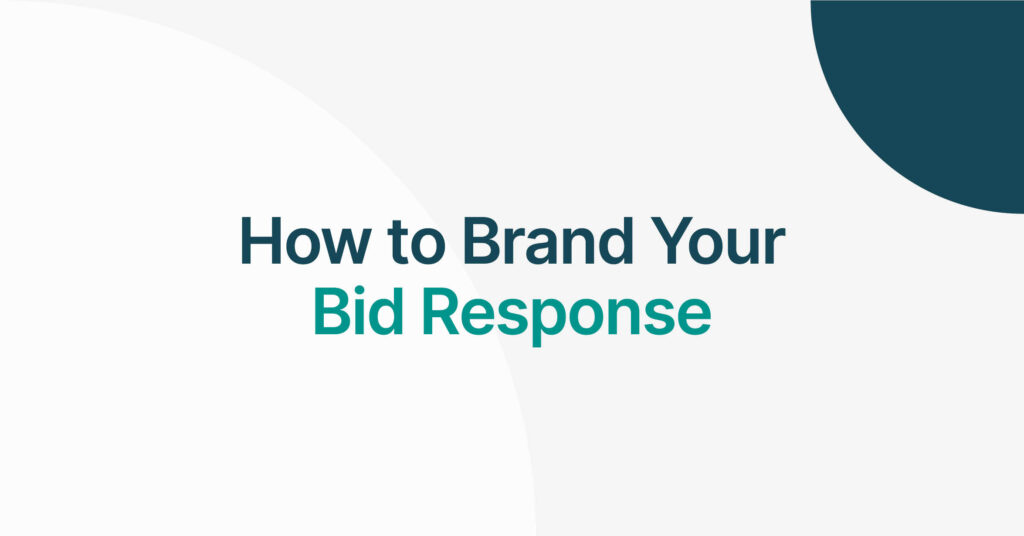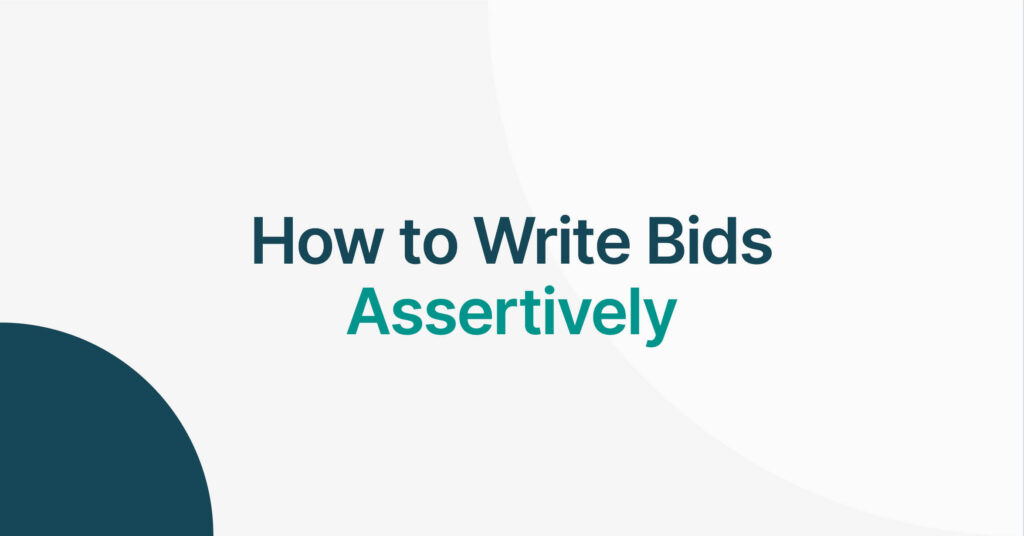Most Economically Advantageous Tender – Tender Procedure Explained
Most Economically Advantageous Tender – The Tender procedure explained
Most Economically Advantageous Tender (the MEAT)
Procurement is defined as the action of obtaining or procuring something. It’s basically another term for buying or purchasing.
CLICK HERE to find out the basics of an ITT.
The tender procedure, in brief, will consist of the following four steps in order to source the most economically advantageous tender (the MEAT). Based on the MEAT, the buyer will enter into a working relationship with a competitive supplier that is more than capable of delivering the requirements set.
The journey is as follows:
Step 1: Set Requirements – soft market testing
This is where the buyer kicks off their procurement process and develops all the documentation to ensure their specific requirements and needs are clearly laid out for suppliers to apply.
If buyers knew how to deliver a service internally and had the full resource to do this, they wouldn’t need to procure this externally. So, remember that sometimes a buyer doesn’t know the full ins and outs of their requirements. They may have an end goal, but don’t know all the deliverables needed to reach it.
This is where a Soft Market Testing exercise and supplier engagement can come into play. This is basically an exercise where the buyer finds out information about their procurement efforts regarding a particular service, good or industry. Suppliers would give information (freely) to the buyer to support them in developing a tender, sharing clarity about their services and how their market works. This makes it easier for buyers to procure in a specific sector.
Step 2: Release tender instructions
The buyer documents are now released usually via an electronic portal. This is where the buyer discloses all of the information relating to WHAT they require and HOW they wish to acquire it usually via an ITT.
This could be in many different shortlisted stages, including submitting a Pre-Qualification Questionnaire (PQQ), then awaiting an Invitation to Tender (ITT), or directly responding to a Request for proposal (RFP), or what’s becoming more common is pitching a proposal directly to the client.
Whatever the process is – this will be clearly advertised on the Instructions provided by the buyer.
Step 3: Response timeframe
Once you’ve digested all the buyer’s information, now it’s time to start developing your response. This may be a large response needed, or a very short response. It is all dependent on the services you are bidding for and how the buyer is managing the procurement of this.
You’ll find the typical tender timescales lasts around 4-weeks from the publication date up until submission, but again – this may vary depending on buyer’s needs.
We have a lot of content across Tender VLE aimed at how best to develop your tender responses. Take a look at our website to make sure you receive full beneficial understanding.
In particular, with our Time Management video, we provide an example of the typical timescales that the buyer provides as part of their procurement functions, as well as ways on which can help you manage your time more effectively. Click the link below for further information.
Step 4: Evaluation & Award
This is where the buyer assesses your response to their specific needs and subsequently awards the contract to the highest scoring supplier. If this is, you – congratulations. If it’s not you – look at the feedback and move on. You will NOT win every tender you go for unless you remain strategic with your approach and bid decision-making process.
This merely touches upon the surface of the tender procedure across the UK at the moment. There are hundreds of topics that will be discussed as part of our ever-expanding content here at Tender VLE.
If you would like to ask us questions – then get in touch via our LinkedIn Forum or speak to our tender consultants today.
We’re here to help you understand and succeed.








